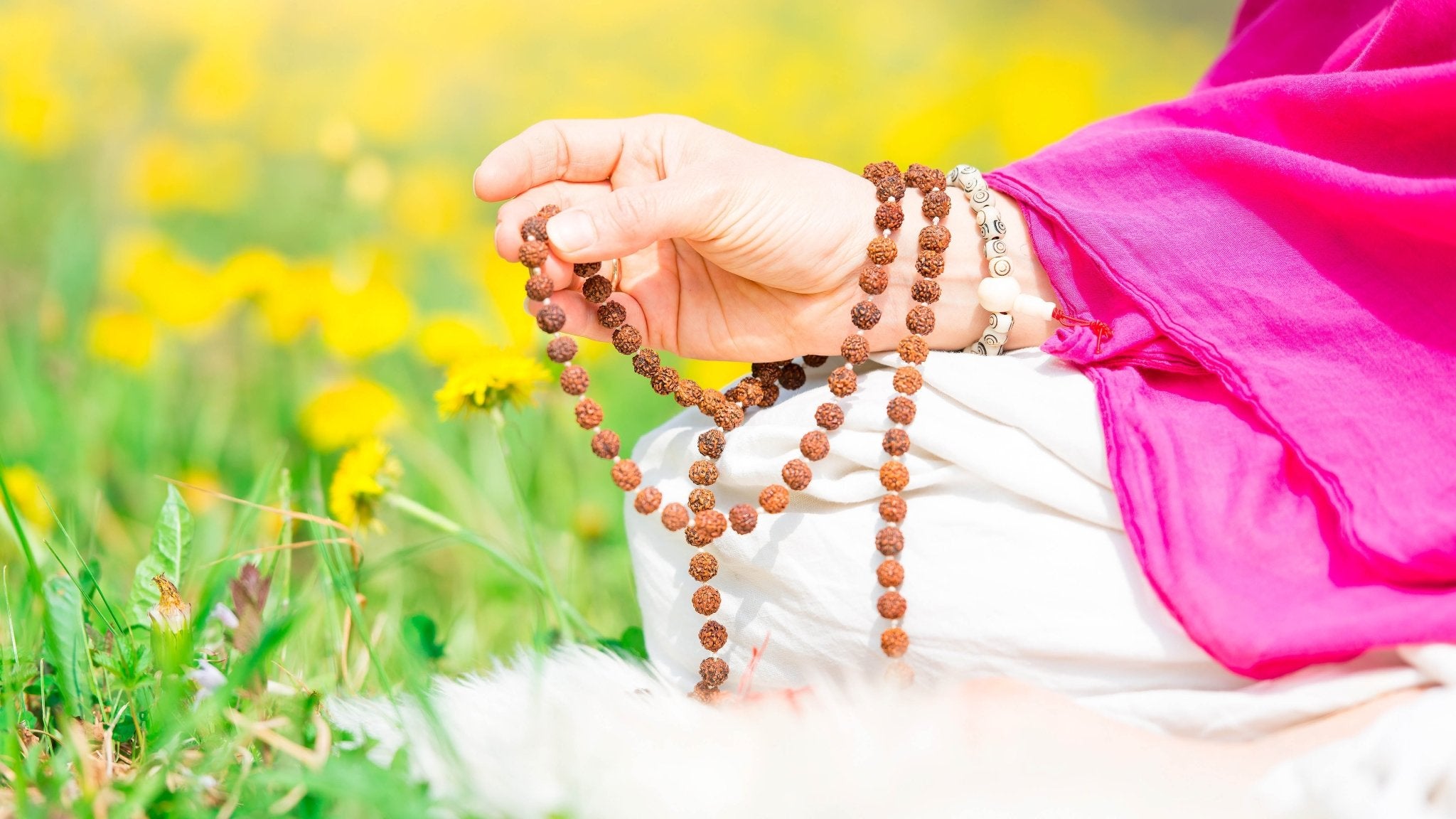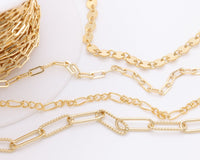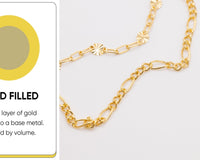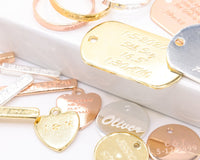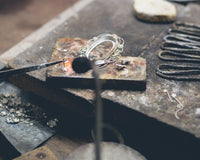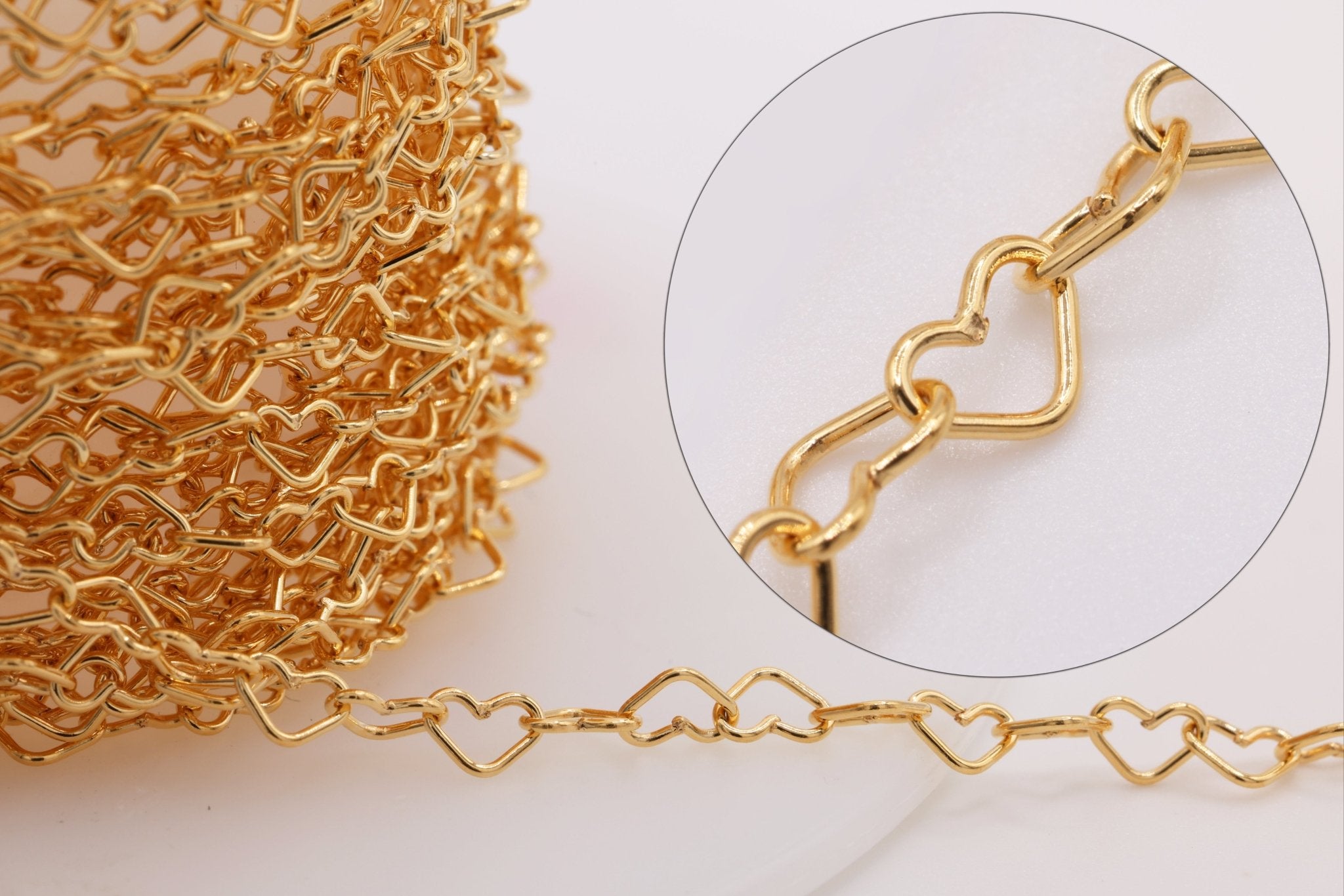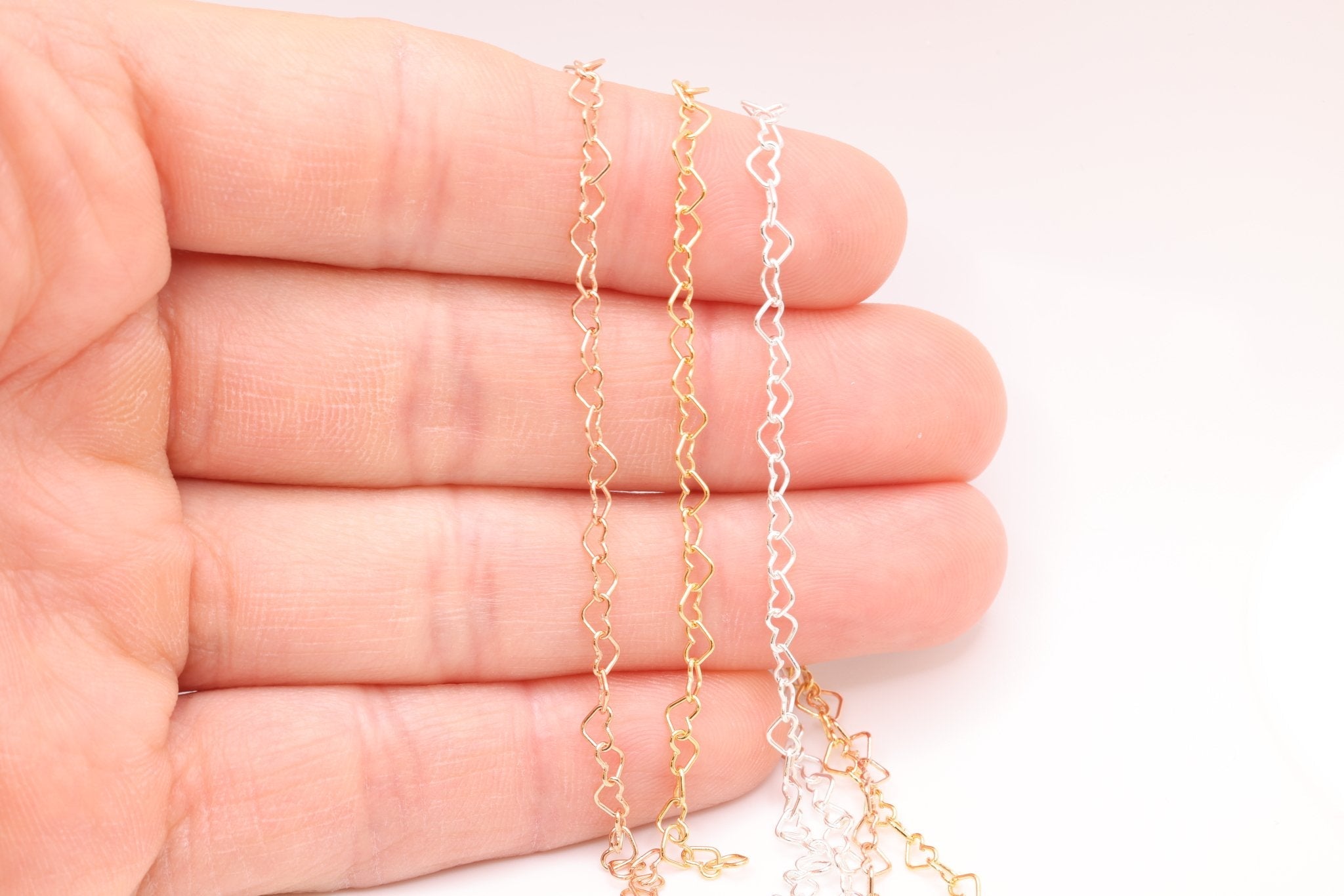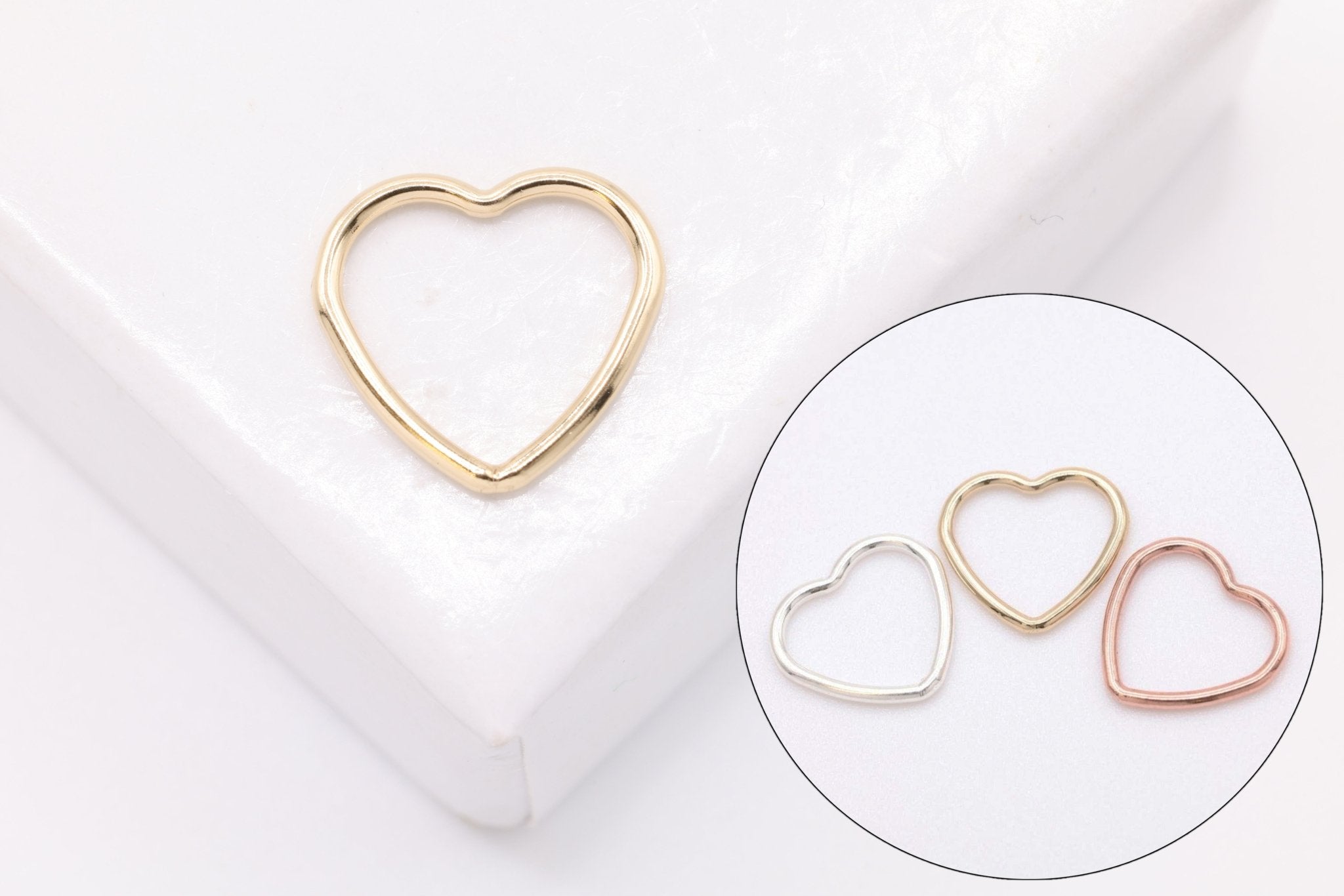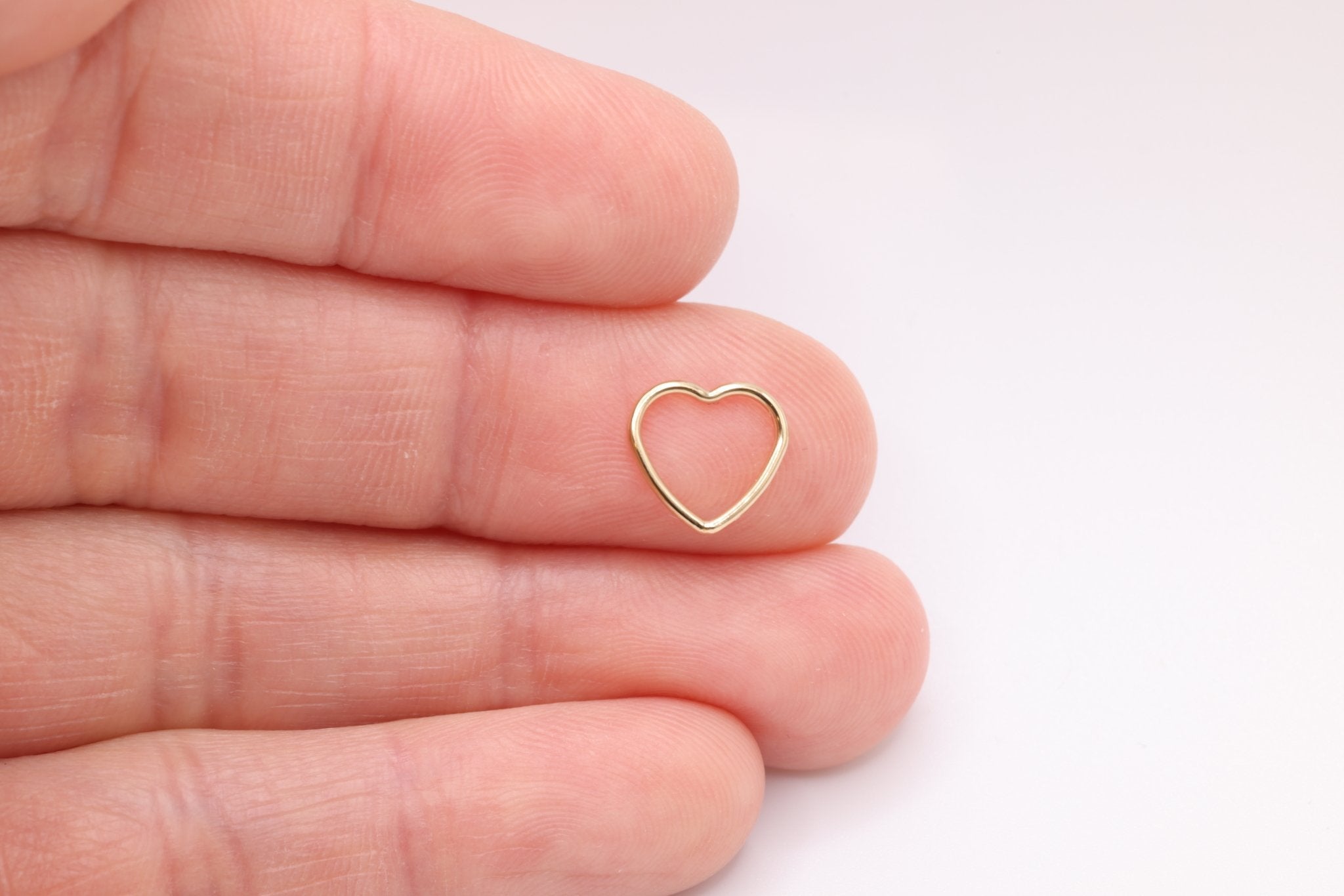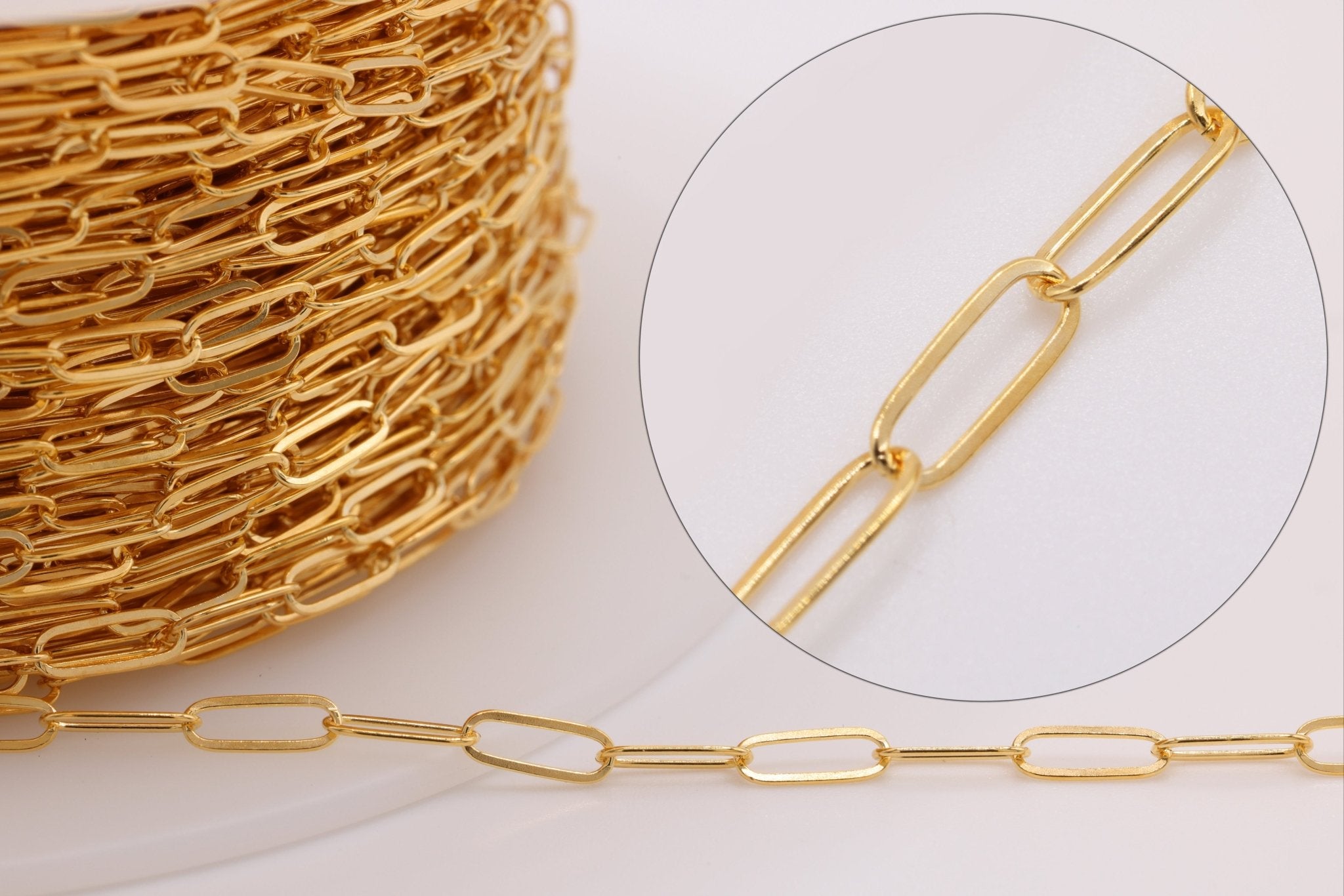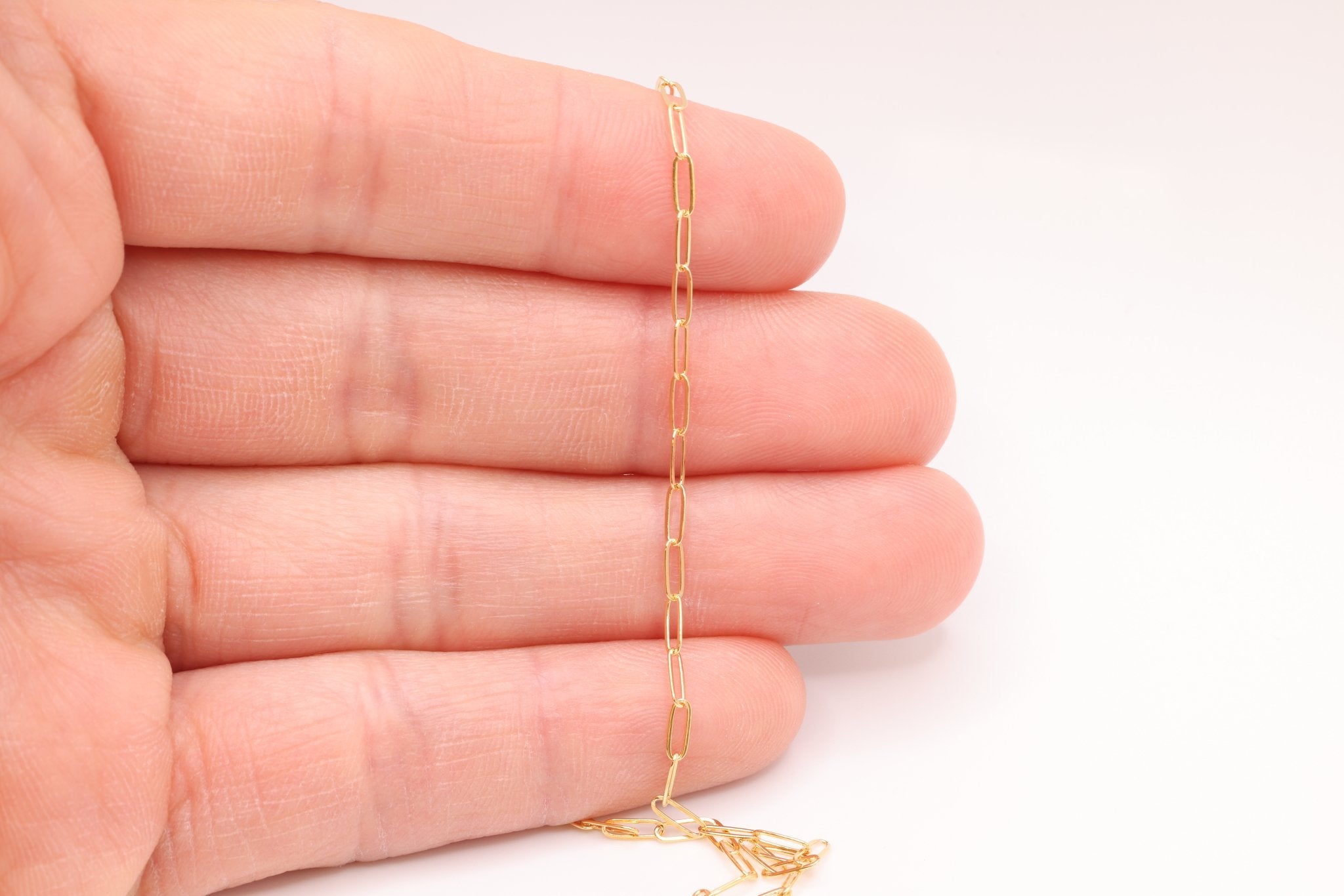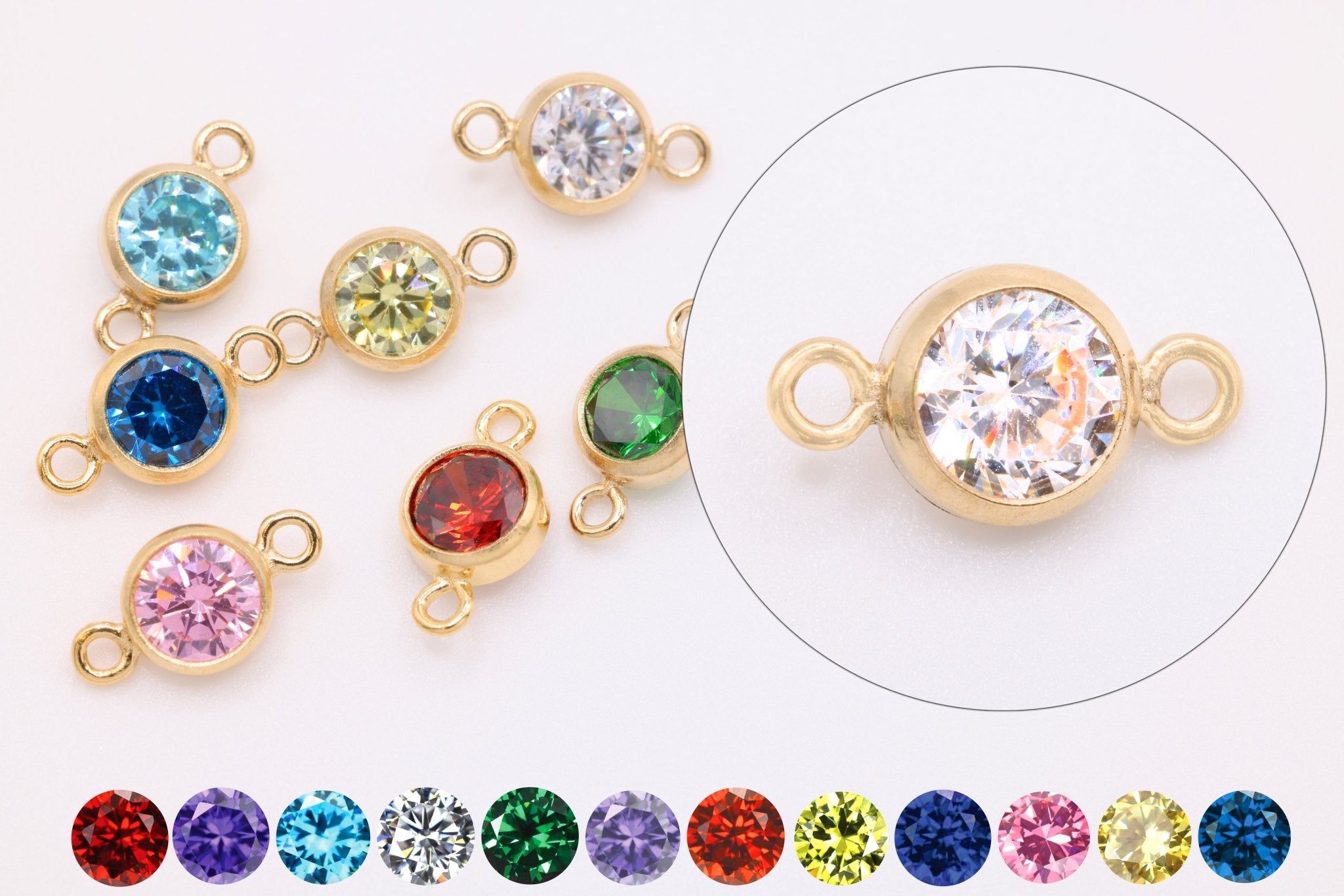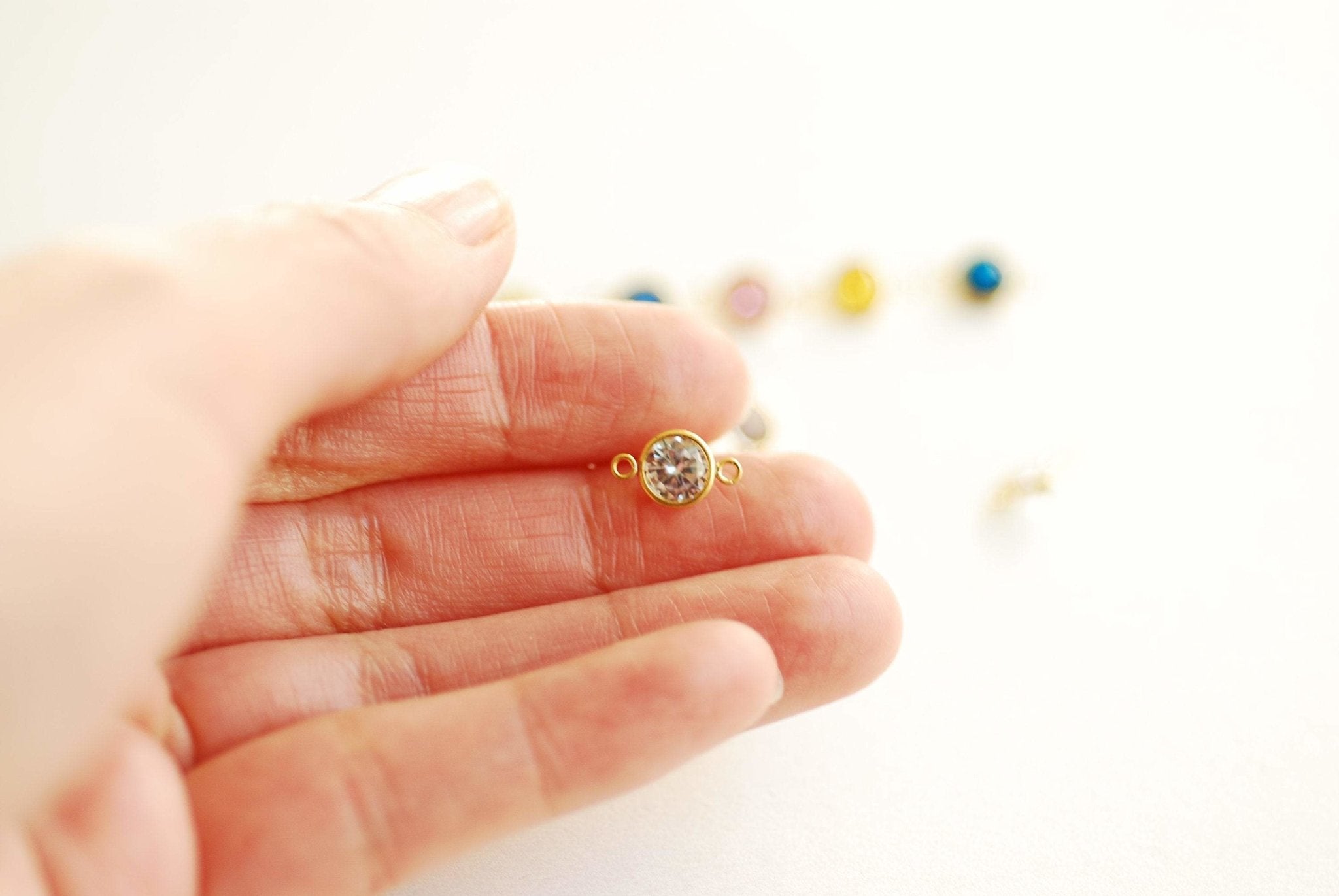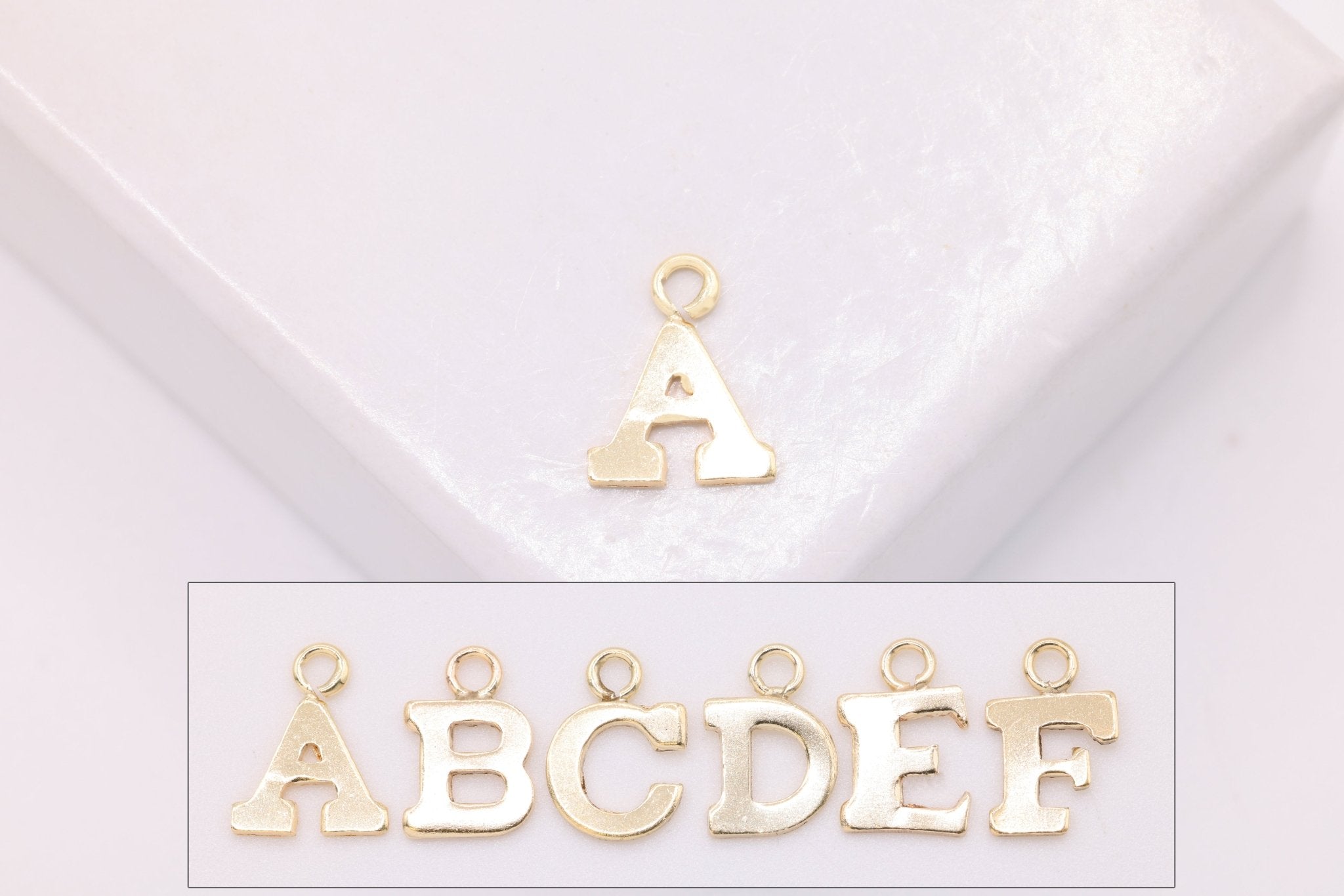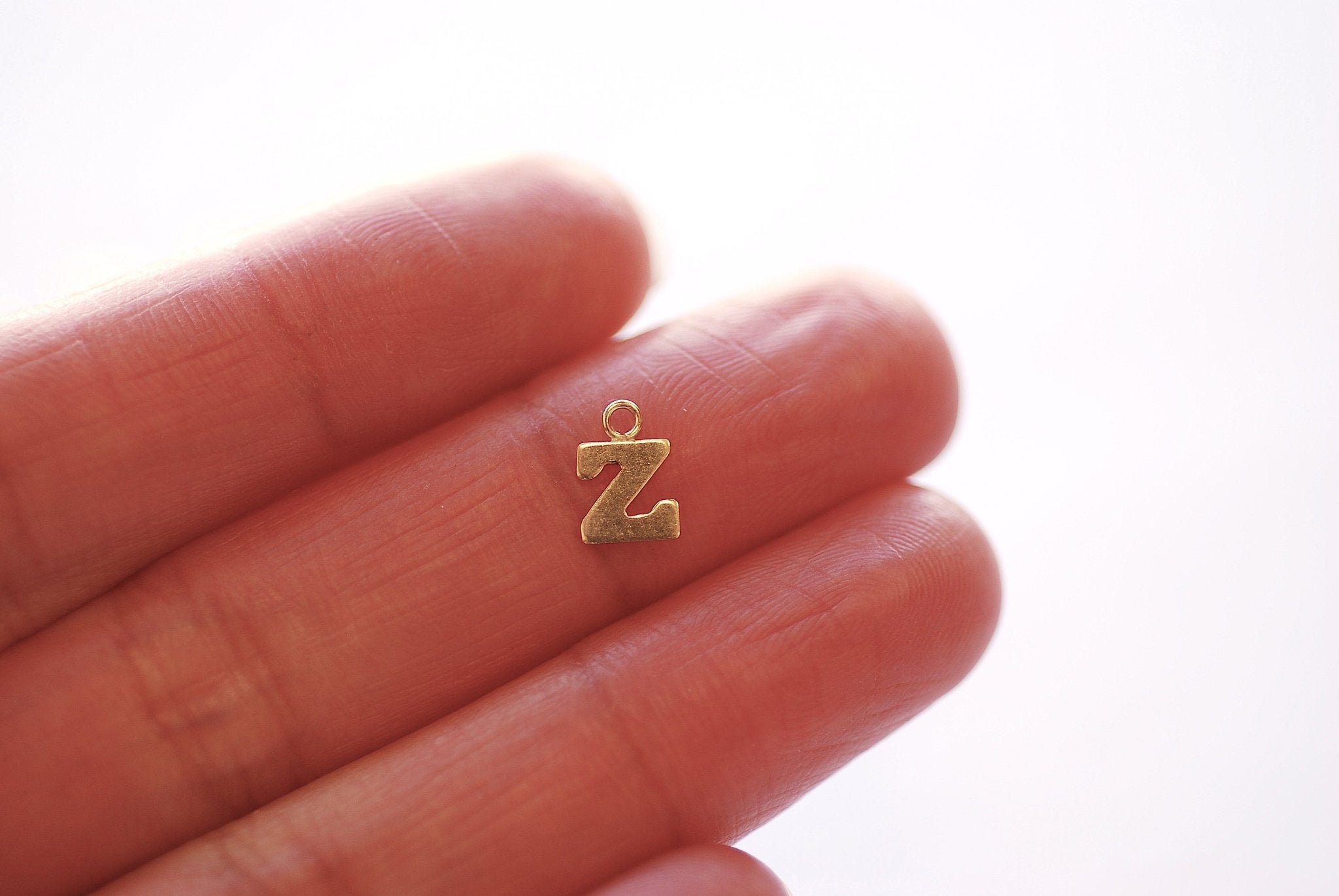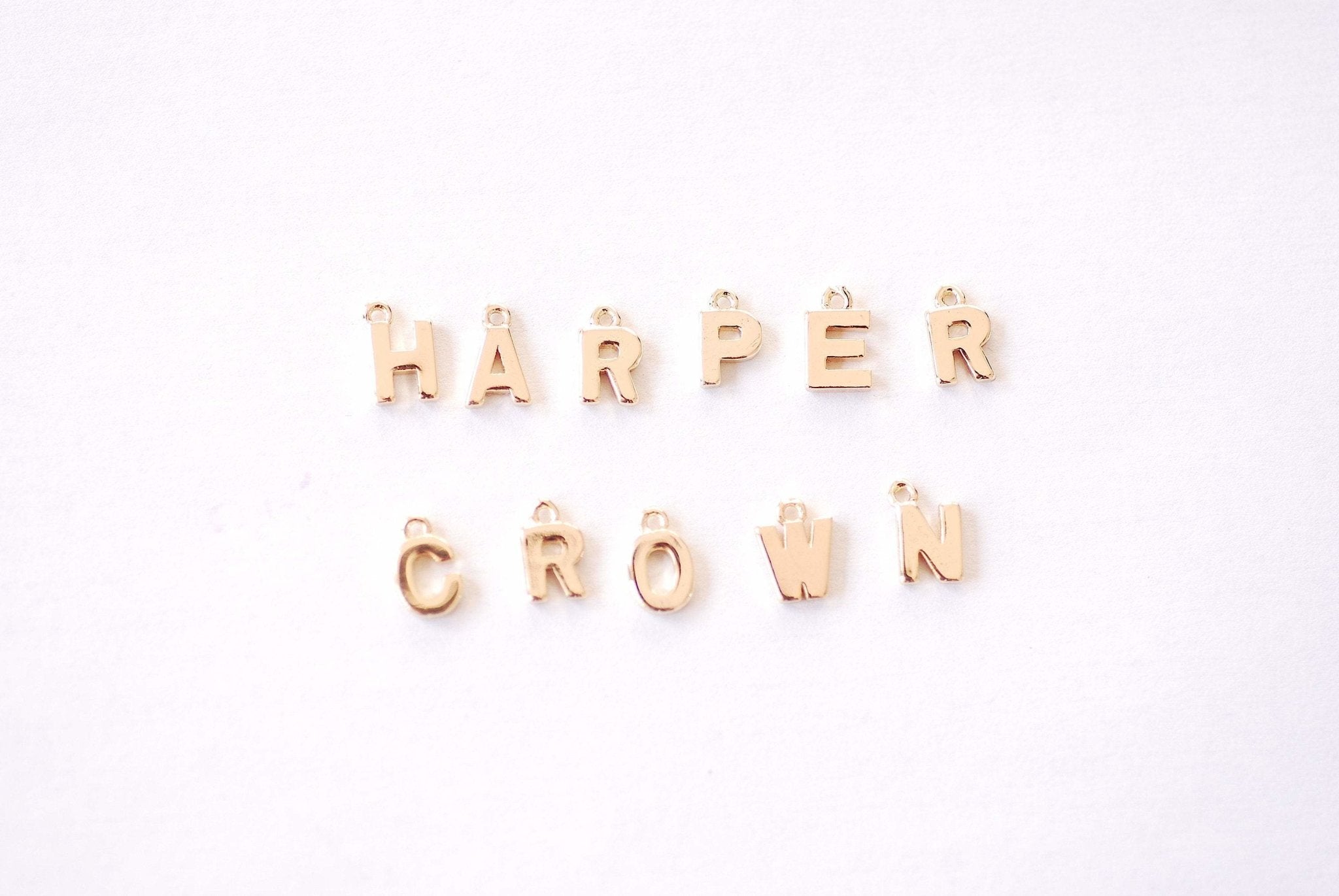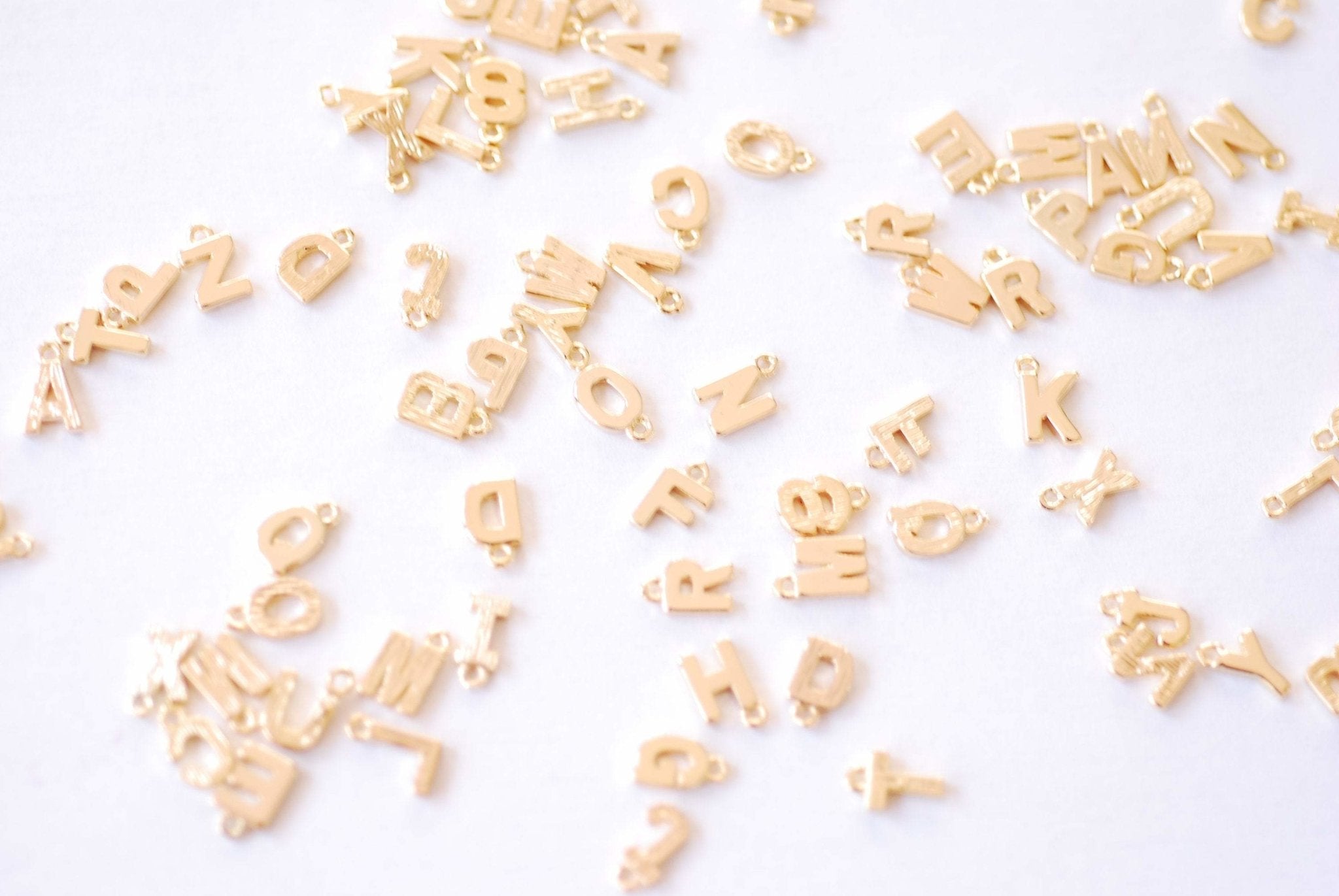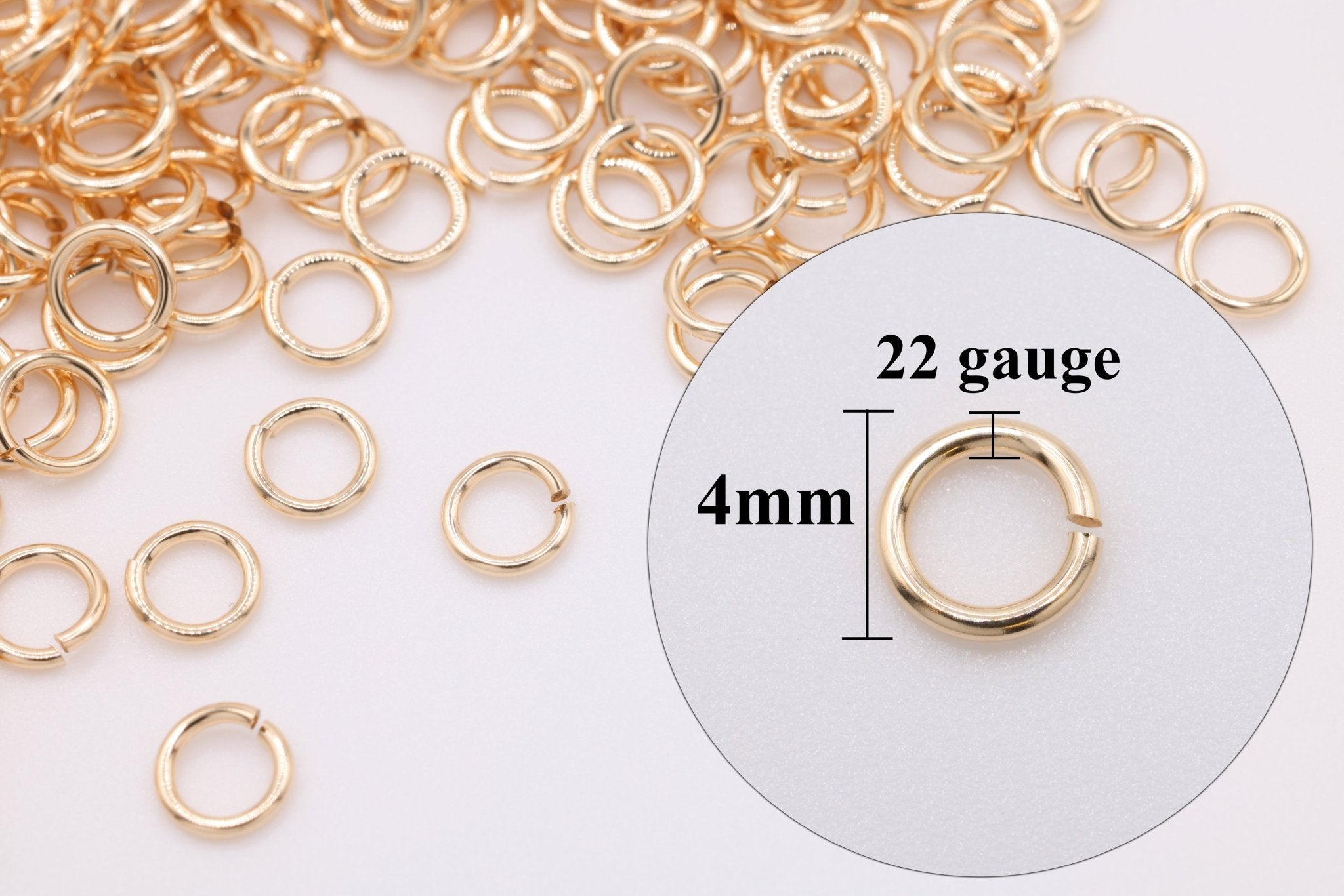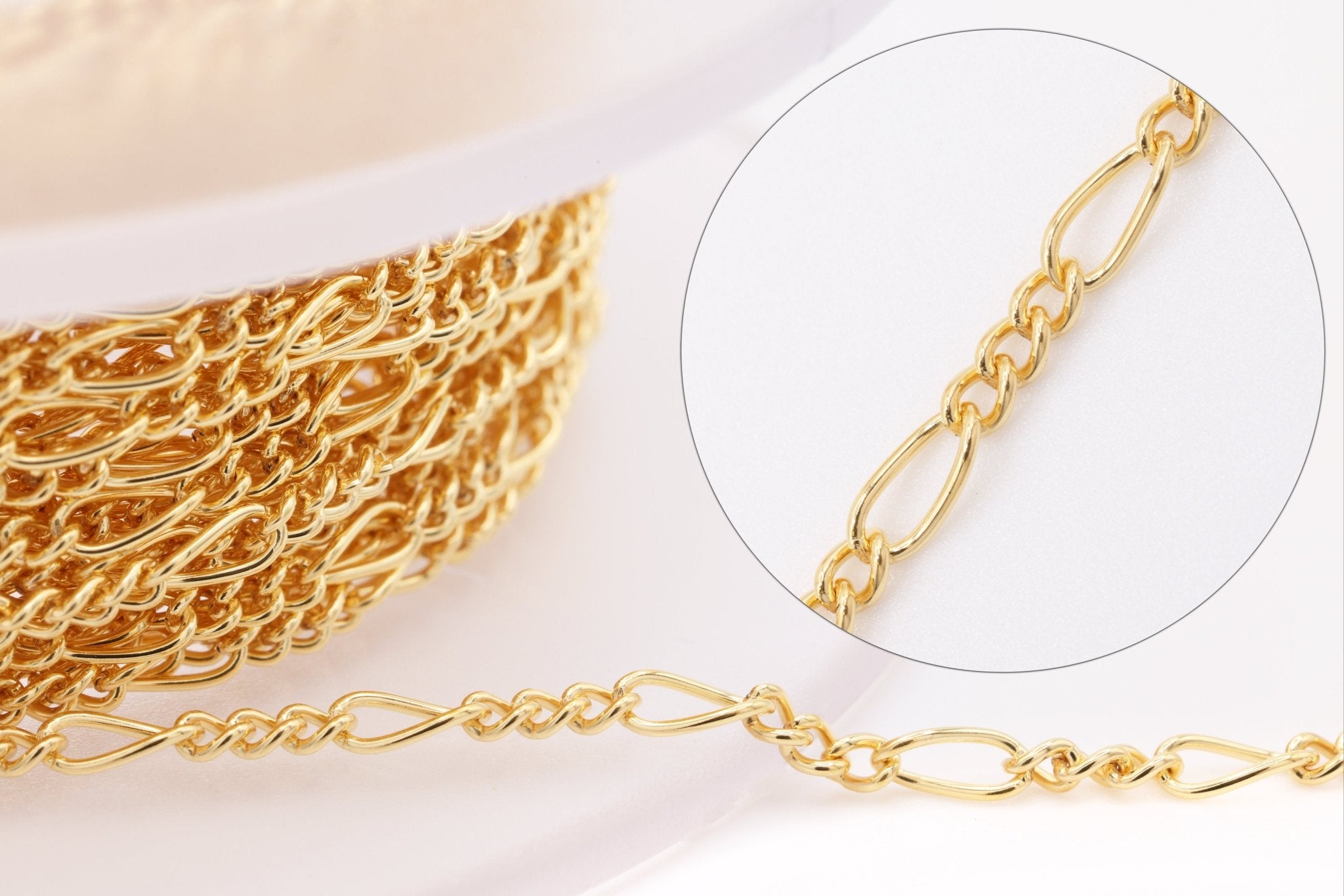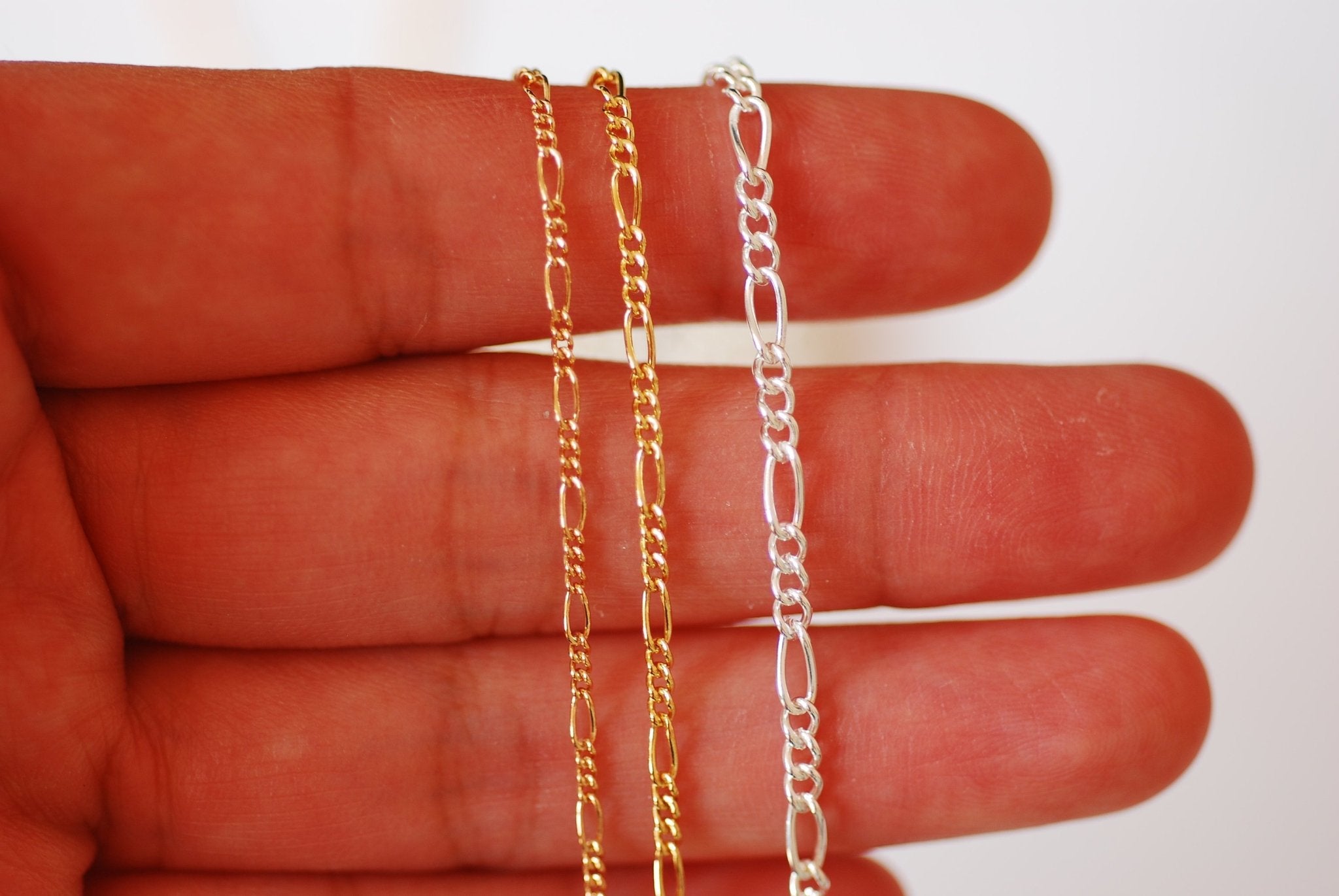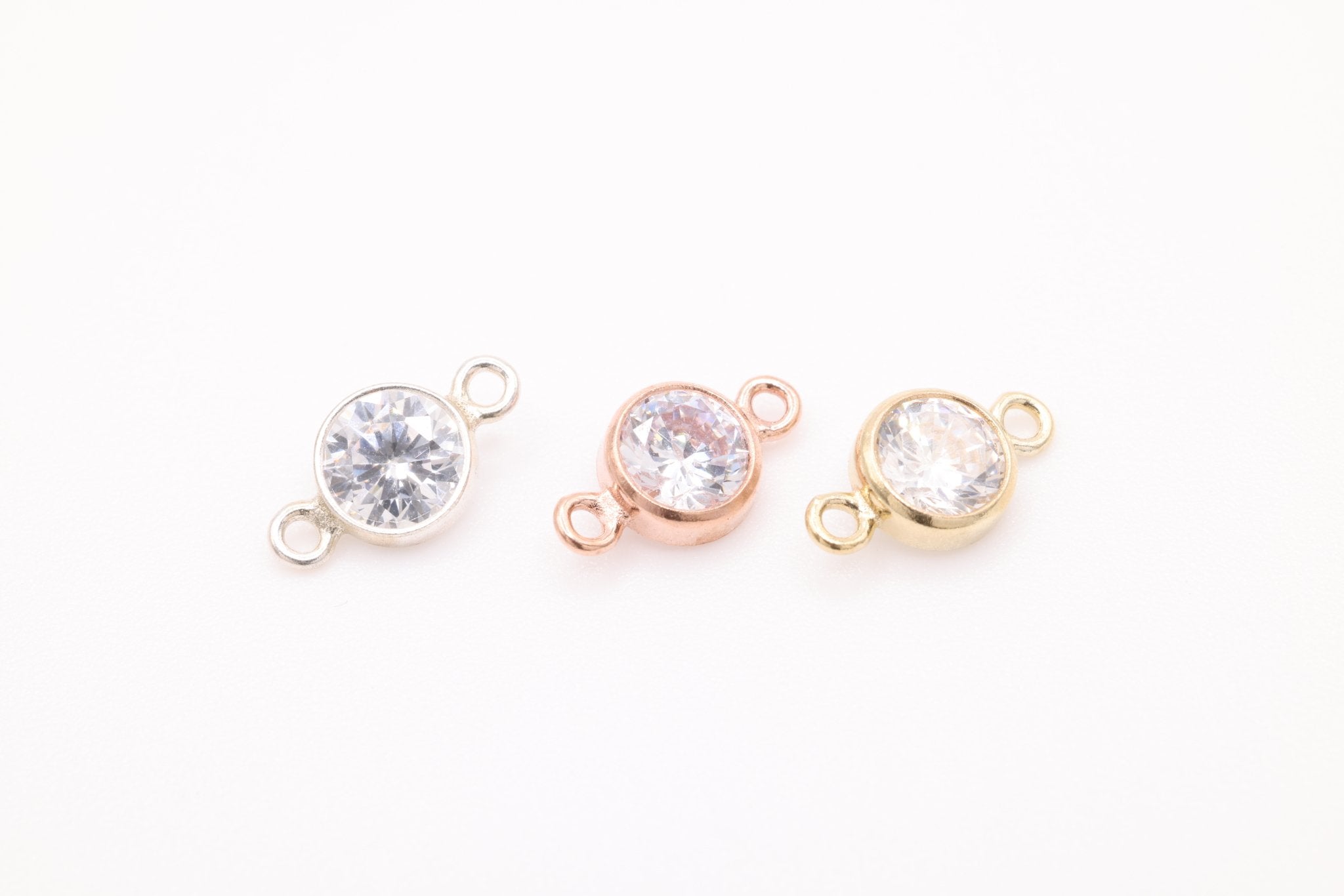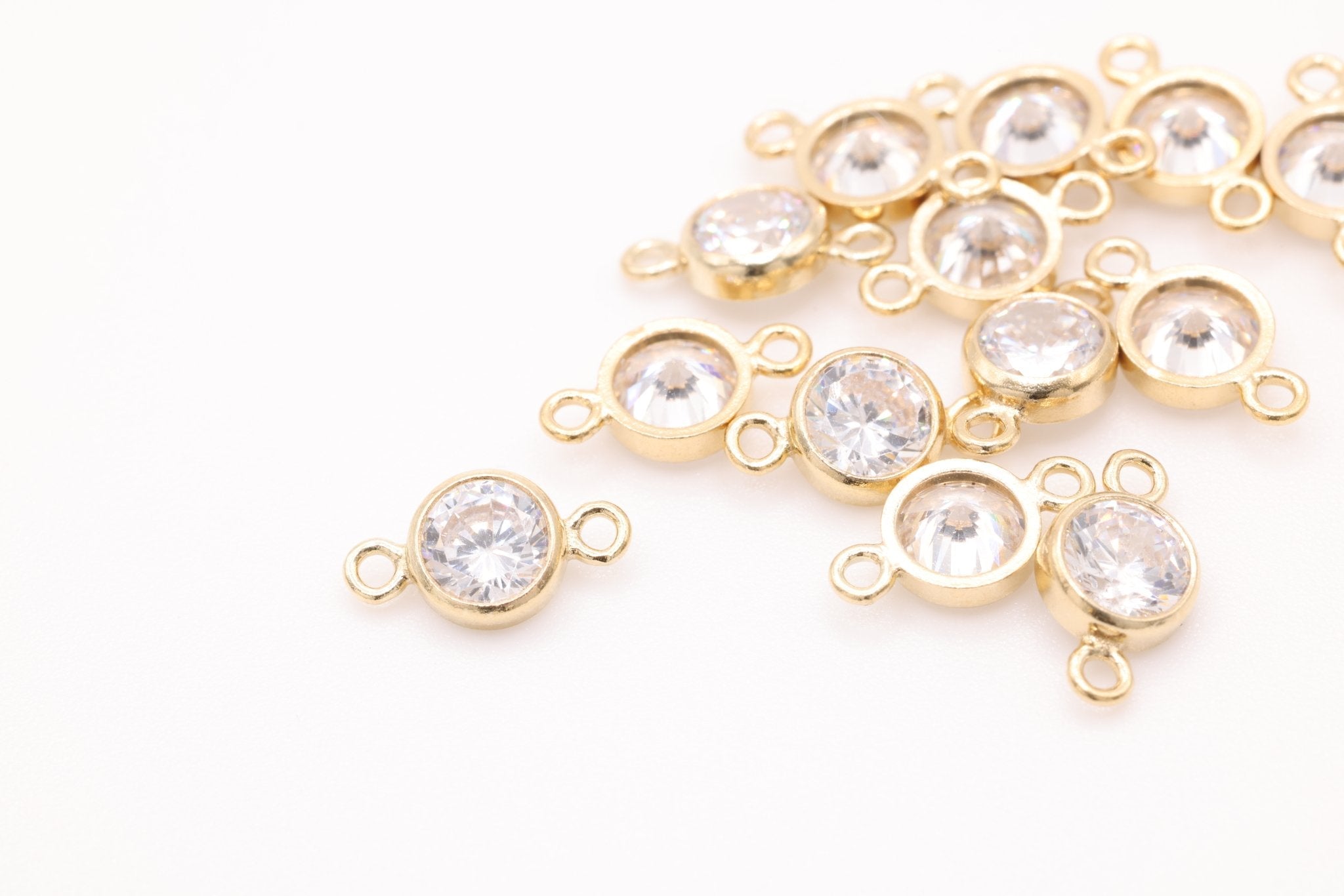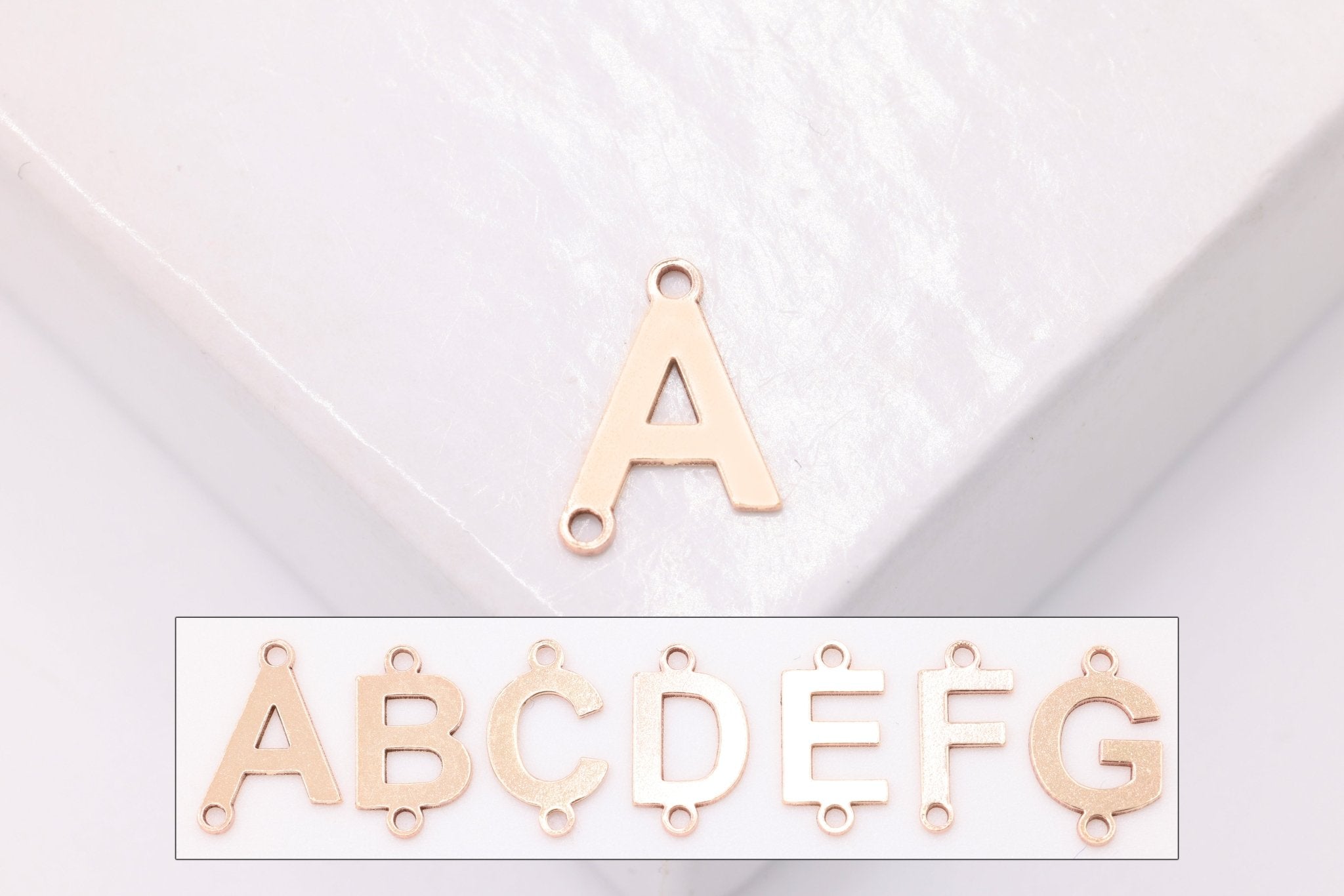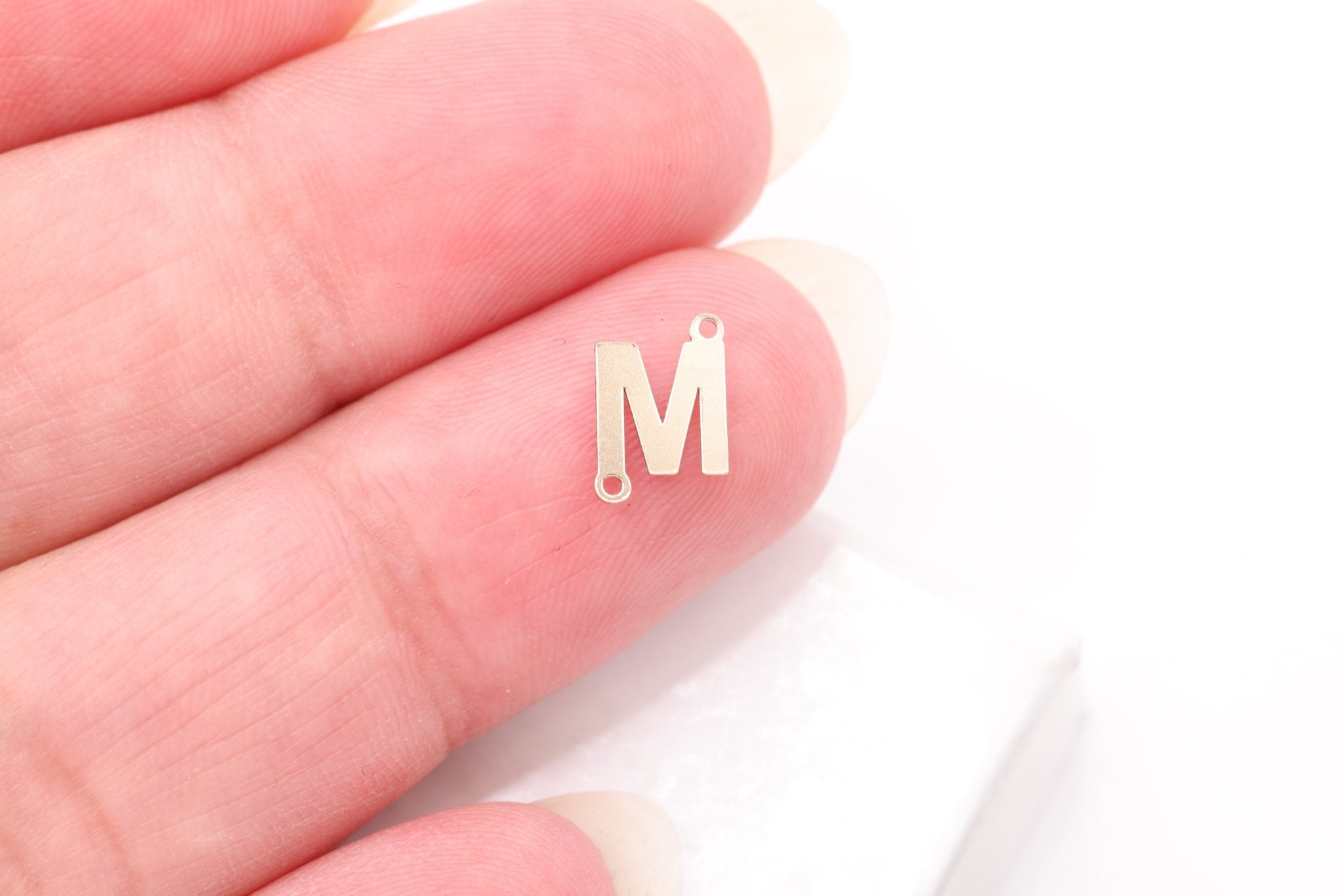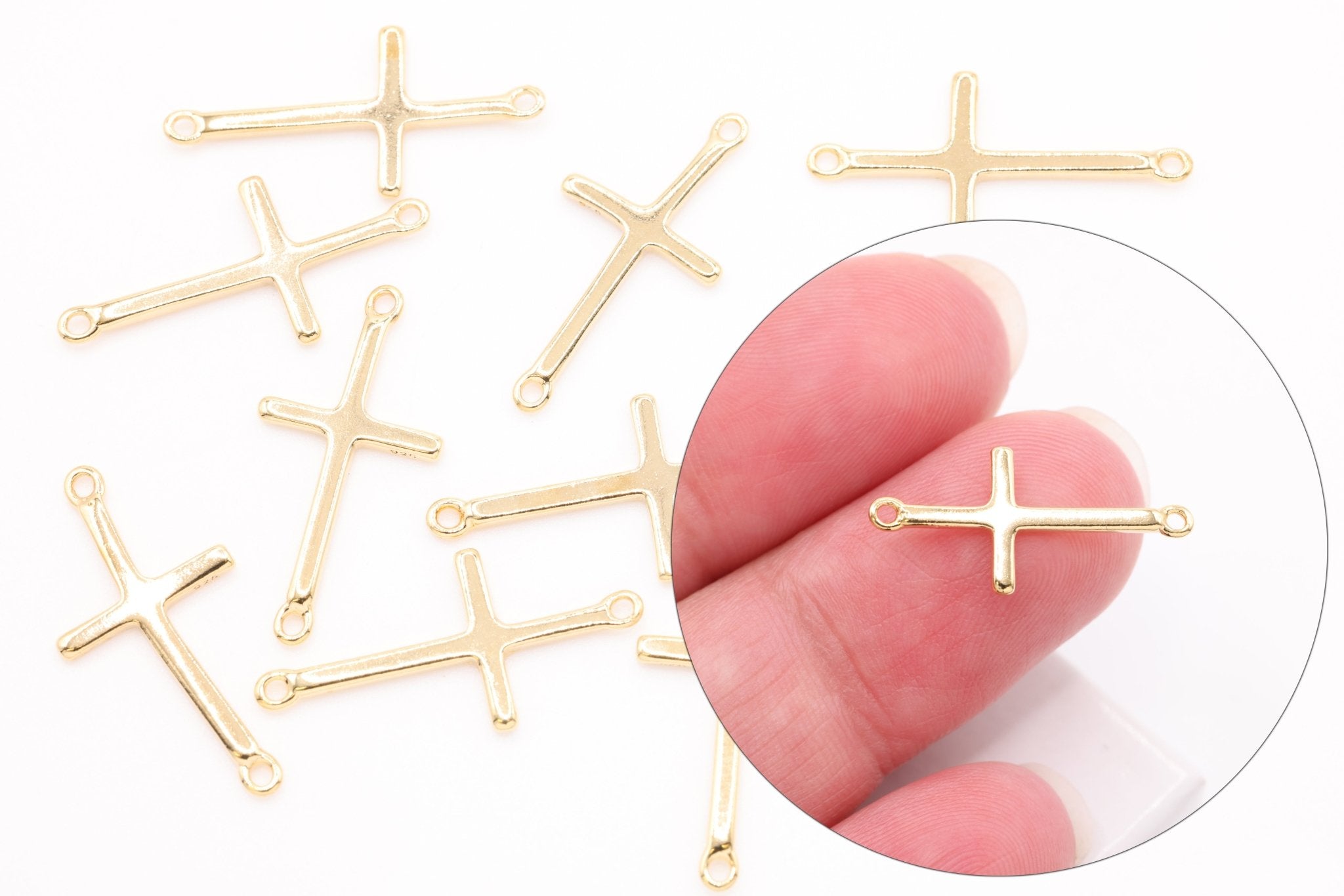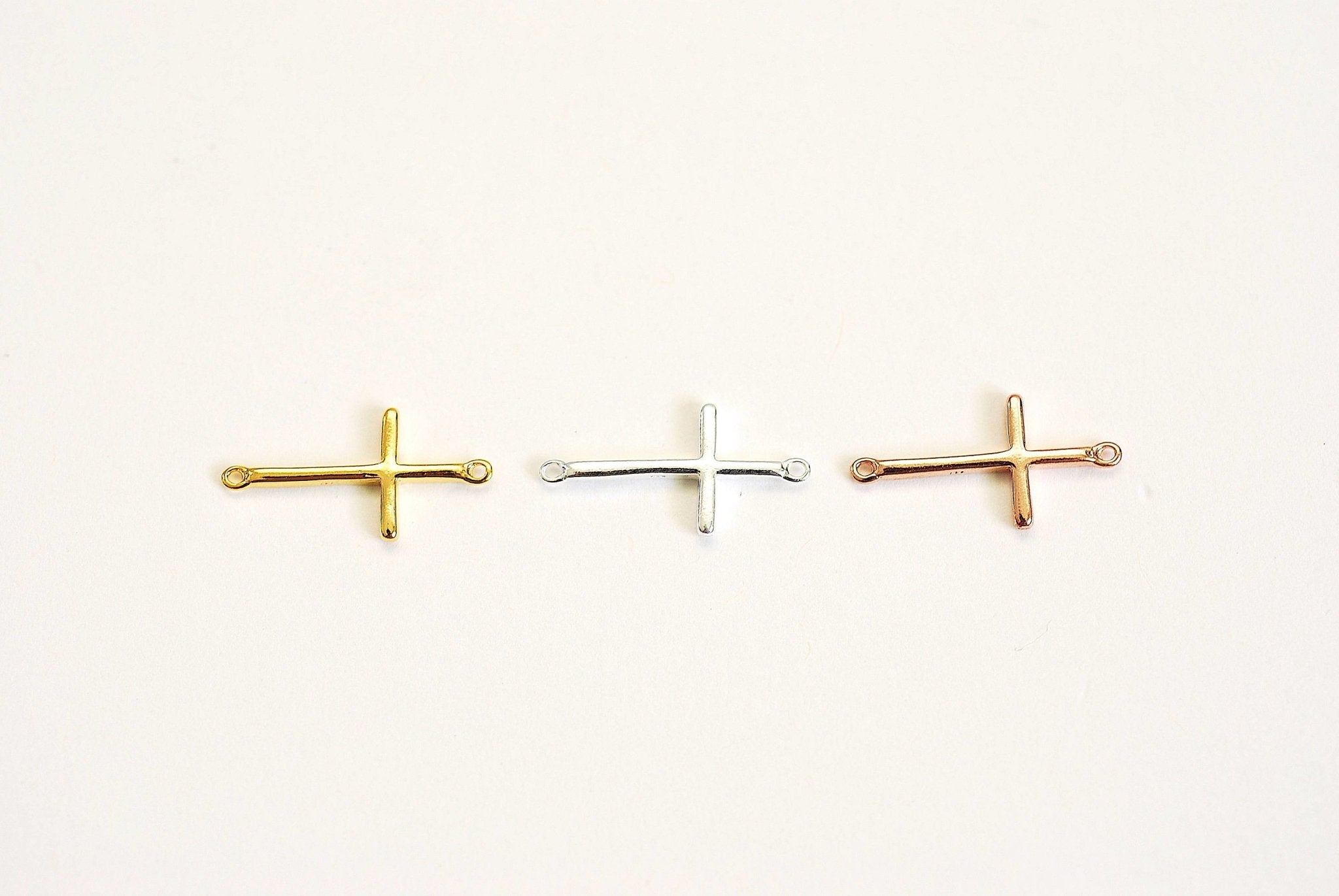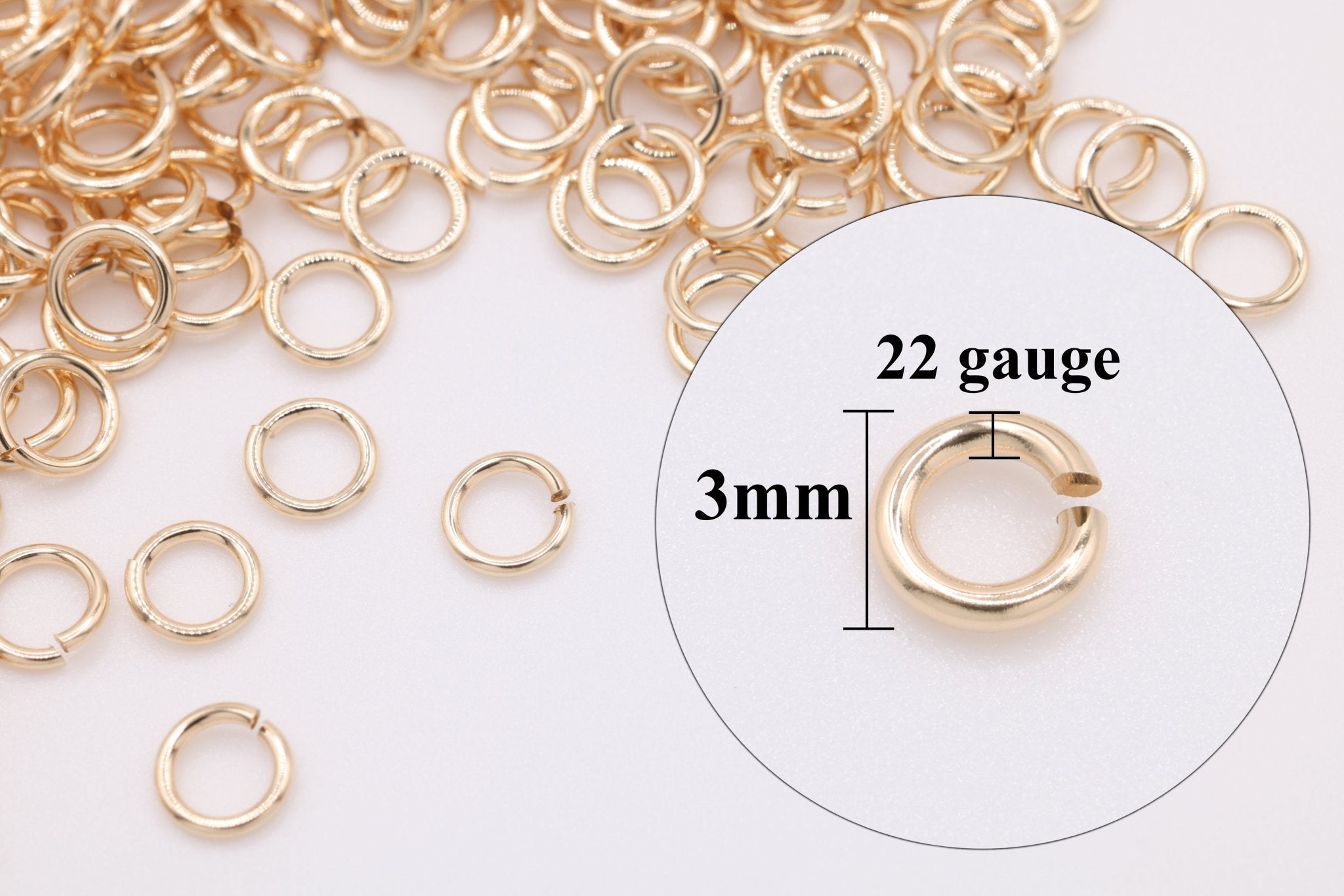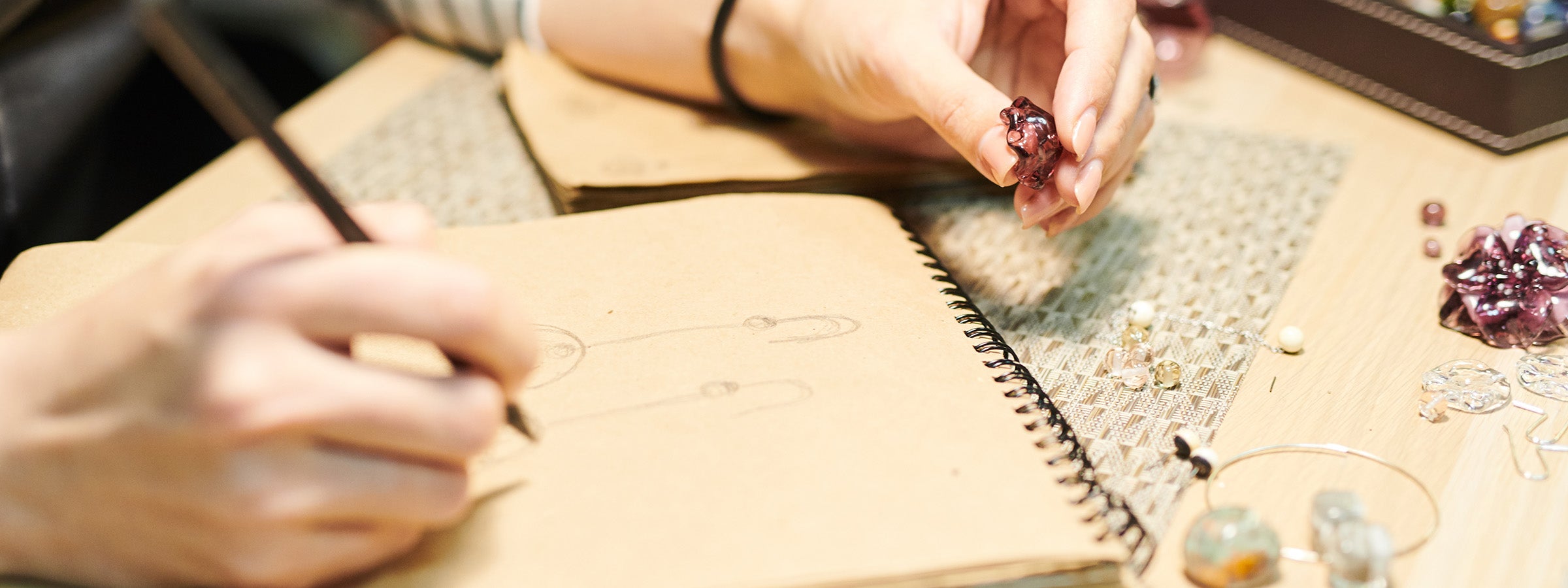By: Sawyer Wood
Don’t recall ever hearing about these before? Mala beads, sometimes referred to simply as Buddhist prayer beads, are a type of tool that’s been used for centuries within certain Eastern meditative practices and spiritual paths. Much like Catholics use a rosary during prayer, mala beads are there to foster a state of inner peace and mental clarity, providing meditation practitioners’ minds something to focus on as they go about their mindfulness exercises.
Steeped in cultural and religious importance and possessing a rich history, mala beads are certainly on a different level than other accessories. Interested in learning more about their origins and how you can integrate them into your own meditation practice? Continue reading below!
The History (and Significance) of Mala Beads
Despite how their colloquial names are tied to Buddhism, the origins of mala beads can actually be traced back about 3,000 years to India. Here, they were largely used within the Hindu faith for prayer or japa - a type of mantra-focused meditation in which a phrase or sacred sound is repeated with each mala bead counted - and were traditionally constructed to reflect one of the faith’s most sacred numbers. The result was the now-quintessential 108-bead mala, prized for not only representing the Upanishads and the 108 bodily centers in Ayurveda but also for its oft-beautiful design.
With equal parts spiritual usefulness and aesthetic charm, it should be no surprise that mala beads didn’t stay exclusive to India for long. According to a popular legend, even the Buddha himself held the spiritual accessory in high regard, responding to a King asking for the main point of Dharma, “If you want to eliminate earthly desires, make a circular string of 108 bodhi seeds and, holding them always to yourself, recite, ‘I take refuge in the Buddha. I take refuge in the dharma. I take refuge in the Sangha.’ Count one bead with each recitation of these three.”
Thanks to this tale, along with the influences of trade and travel, mala beads managed to find their way into the Buddhist world soon after their appearance in India. Tibet, China, Japan -each of these plus many of the surrounding areas eagerly accepted the accessory into the local culture and made it their own through the use of different materials, associated mantras, traditions, etc. From there, the beads’ popularity only grew and today, they remain an essential tool for Buddhists everywhere.
Types of Mala Bead Jewelry
At the time of their invention, mala beads were generally made out of seeds -- lotus, rudraksha, and bodhi (which were believed to have special spiritual significance) the most common due to easy accessibility and plentifulness. However, as you’ve no doubt noticed, times have changed! We now have more materials at our disposal than ever before and design options have become more diverse as a response.
Whether one prefers hard-and-fast traditional styles, ultra modern interpretations, or creative blends of the two, there’s almost certainly a set of mala beads to fit the bill. Of course, though, some kinds and types are more popular than others. A few of the most notable right now include:
- Rudraksha mala beads. As you might anticipate given the name, these beads are constructed from the seeds of the rudraksha tree. Considered sacred in the Hindu faith, rudraksha mala beads are also believed to have powerful healing properties that can assist in recovery from spiritual and physical maladies alike.
- Lotus seed mala beads. These beads are made from the seeds of the lotus flower and, as such, take on many of the associations that come with the plant itself such as purity, enlightenment, and rebirth.
- Bodhi seed mala beads. These beads are made from the seeds of the bodhi tree, under which the Buddha is said to have achieved enlightenment. Some thus consider bodhi seed mala beads to be more authentic or spiritually helpfully.
- Gemstone mala beads. These beads are made from various gemstones, each of which is believed to have different healing or spiritual properties. Amethyst, rose quartz, and lapis lazuli are particularly common picks.
- Wood mala beads. Unsurprisingly, wood mala beads feature wood as their main material. Most who want these sorts of mala beads, especially those within the Tibetan Buddhist traditions -- usually opt for sandalwood. Although, rosewood and ebony are also great choices due to their looks and longevity.
How to Use Mala Beads for Meditation
Now that you know more about the history surrounding mala beads and some of the most common types, are you interested in trying them out yourself? Well, if that’s the case, start like you do any other meditation: find a comfortable seat and let yourself relax. Once you find yourself in the right space, both literally and mentally, grasp your mala beads with the right hand and gently close your eyes.
Beginning at the bead next to the guru bead (the central, larger one), use your thumb and count each bead as you recite your mantra or prayer. When you reach the guru bead again, you have completed one full round. It is traditional to complete a minimum of 108 rounds of the mala, although you can do more or less depending on your individual preferences. Want something a touch less structured? You can also just set an intention or focus for your meditation and use the mala to help you stay centered.

